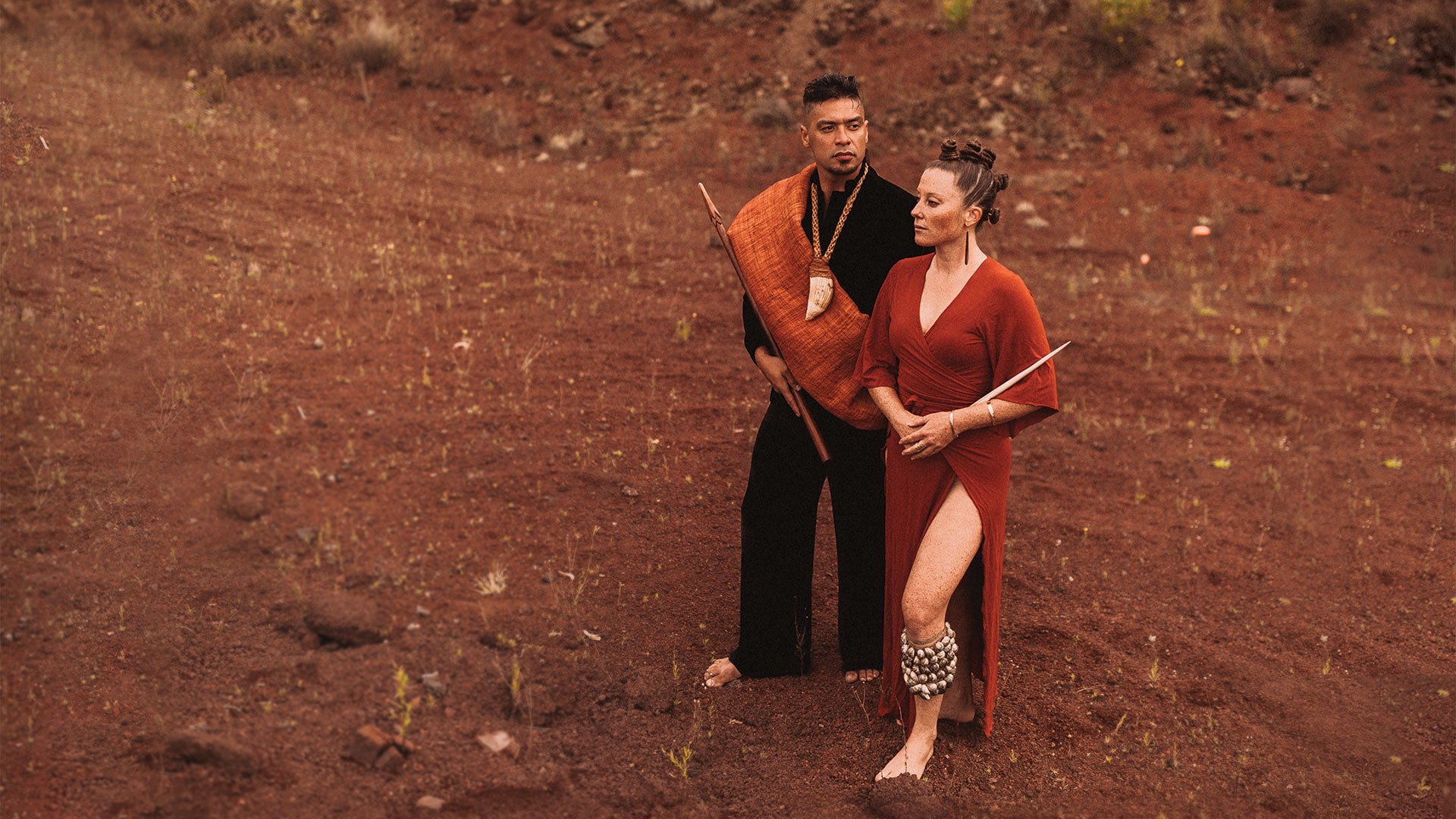For two Hawai‘i Island ceremonialists, re-indigenizing a people to their homeland begins with marking the seasonal transitions that Kānaka Maoli have formalized for centuries.
Images by Tahiti Kulia Huetter
“Ai kamumu kēkē, nakēkē pāhoehoe, kē” travels through the home, carried by the little bravado of four-year-old Uluao, as he assists his seven-year-old sister, Pilali, in retrieving paʻi ʻai from the kitchen counter. The gentle taps of Waimea rain on the kitchen windows harmonize with the earthly scents of ‘alaea and ‘a‘ali‘i, emanating from an artisanal salve simmering on the stove.
Kaleinohea Cleghorn, the children’s mother, gracefully navigates the space, exuding a profound serenity that belies her extensive training in hula, most recently with Hālau O Kekuhi. With over a decade of active participation in sacred ceremonies atop Maunakea, guided by the revered Pua Case, Kaleinohea’s presence as a prominent figure in the resurgence of Hawaiian indigeneity comes as no surprise. Drawing strength from her lineage, which features a trailblazing mother who was the first Native Hawaiian to achieve an MA in Hawaiian Archeology, and her ancestral connection to Princess Kaʻiulani Cleghorn, she emerges as a driving force in the reclamation of Hawaiian identity and connection to ‘āina. As she tends to Uluao and Pilali, and engages in conversation, her unwavering dedication to research and encyclopedic knowledge of Hawai‘i is both evident and mesmerizing. Kaleinohea’s words flow with a captivating calmness, conveying a profound depth of understanding. This quality, it becomes apparent, has been inherited by her remarkable children, as they absorb her wisdom and carry it forward with them.
The tranquility of this dreamy morning is jolted awake by the arrival of Lanakila Mangauil. True to form, Lanakila bursts through the front door, accompanied by nature itself — in this case, wind and rain. He enters with his bombastic voice, an espresso, and an energetic puppy named Luka, honored with a name inspired by the resilient and resolute protector, Princess Ruth Keʻelikōlani Keanolani Kanāhoahoa. Ordinarily, his audacious reputation as a disruptor instills fear in the hearts of those who cling tightly to the fruits of colonization, but here amongst family, it unleashes a heartwarming chaos. Through his mere presence, Lanakila defies the notion that disruption is a binary concept confined to the reductive realms of “good” or “bad.” Rather, he unveils its intrinsic importance to the realm of Hawaiian activism. Reared by ʻĀhualoa rain, Waipiʻo Valley wind, and the kumu who came before him, he is best known for his leadership in the protection of Maunakea.
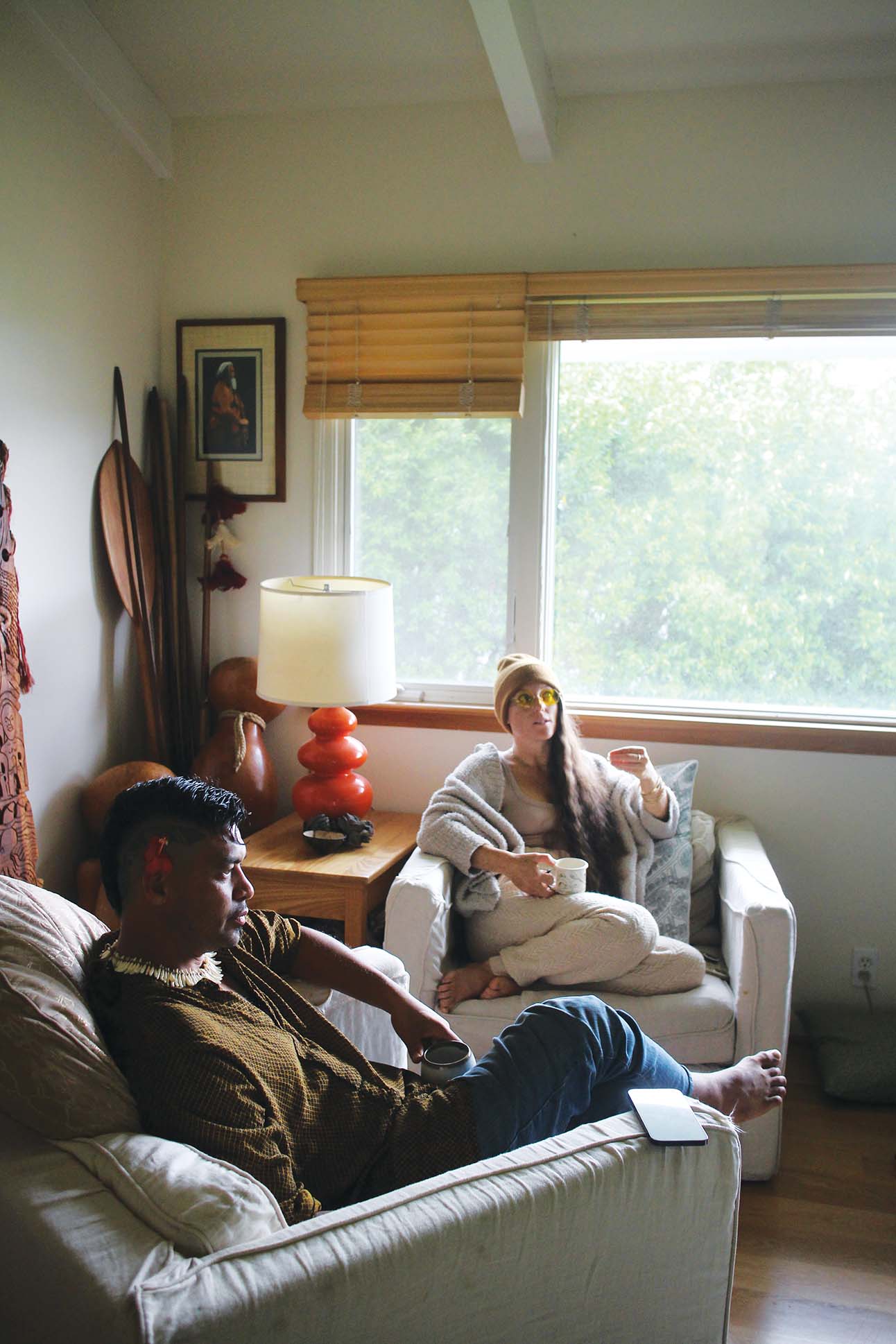

Lanakila Mangauil is executive director of HŌ‘Ā, a Native Hawaiian enrichment organization. Kaleinohea Cleghorn is the founder of E Ala Ea, a site-specific wellness brand. Images by Nicole Naone.
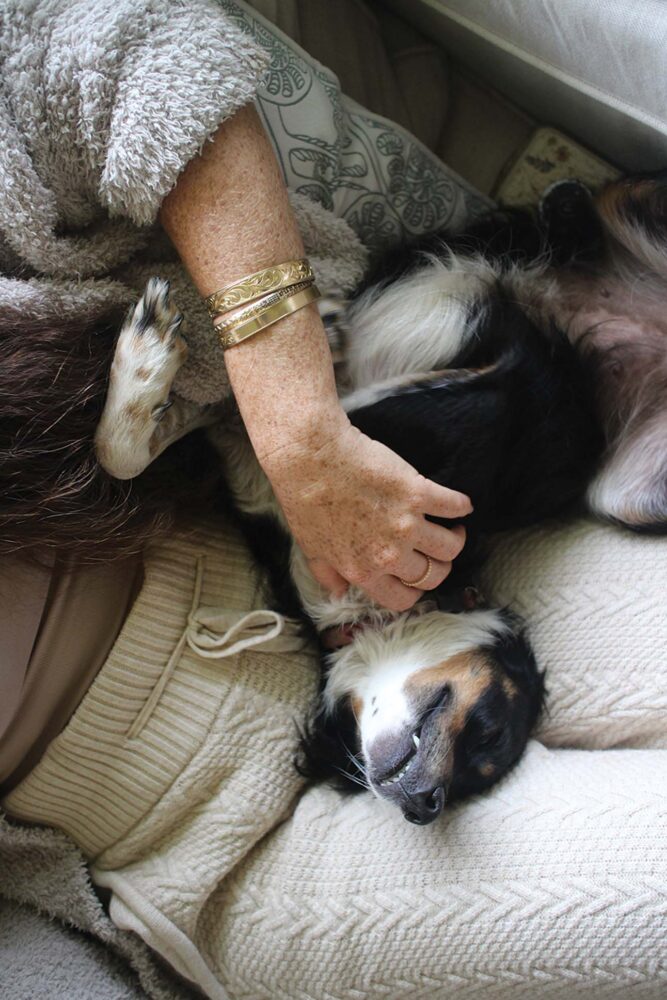

In their respective artistic expressions and unwavering commitment to the pae ‘āina, Kaleinohea and Lanakila beckon us to embark on a transformative journey, where the boundaries of traditional ceremony, art, and activism converge seamlessly. Recently, the pair launched Kū Mai and Ha‘ialono, a duet of oli-centric workshops that are now entering their second year. Kū Mai explores the application of Kū during the Kū season, which is loosely considered to be during spring and summer; Haʻialono explores the application of Lono during the Lono season which falls loosely from the end of autumn through winter.
Together, seated at the kitchen table, we nourish our bodies while recounting moments of the previous evening. Kū Haʻaheo, a hula drama performance by Kanu o Ka ʻĀina was the first in-person performance from the Hawaiian charter school since the Covid-19 pandemic in 2020. As music teacher for the school, Lanakila approaches education with the same hands-on dedication he devotes to activism and ʻāina. He allows no room for superfluous essays or dwelling within oppressive academic structures. Instead, these students were taught the history of their existence and the stories of their deities with a night that culminated in hula, oli, and mele.
As we all settle into our comfy chairs to discuss nation building, embodying culture, and the spiritual depths of Kū and Lono, Lanakila declares, “OK, we go talk story about our workshops.”
On Akua
Lanakila Mangauil Pele, Kū, Kāne, Kanaloa, Lono: these are not “gods” as perceived from a Western space. They’re more like categories, processes, descriptions, archetypes. They’re not necessarily external spirits outside of us, but instead they are manifestations that we see within ourselves. That we can reflect with, to what we’re experiencing. They have and are specific functions. They are also elements. I look into ecological understanding of our environments because they’re intertwined with the historical documentation of our people. We are a key species to the environment because we don’t just see nature as resources. They are us. They are people, they’re family, they’re kūpuna. They’re akua.
Kaleinohea Cleghorn My first experience in decolonizing a monotheistic perception of akua was from the Kanakaʻole family. They would use of both “Pele” as in Pelehonuamea (Pele of the red earth) or Peleʻaihonua (Pele who devours the earth), as well as “the pele,” lower case “p,” as in volcanism as a whole, general lava, magma. So many thousands of years we’ve been in this relationship and have built this love. This love has created a poetry that kūpuna in every culture all over the world can recognize and speak. I see our myth as a poetic understanding of ecology. It’s all poetry, but it’s also science — it’s both.
On Lono and Kū
Hāwane [Rios, daughter of Pua Case] and I for many years traveled to Kahoʻolawe together and participated in Lonoikamakahiki ceremony. A lot of what I know of Lono comes from that — a sisterhood which comes from Aunty Pua Case’s teachings, which is not only her lineage but her dream. Her audacity to be so loving and her ability to listen and trust what she hears, you can see it in the way that their whole family speaks, the way they show up in space. There’s a gentleness to it. There’s a grace to it. There’s such a powerful balance of the Kū and the Lono.
LM As Lono is having time to reflect and always looking back into the internal reflection, Kū is self discipline, self regulation — disciplining oneself to discipline oneself. The Kū and the Lono are the internal and external. The Lono, the balance from within to connect with a depth of understanding and listening and feeling. The Kū is keeping order and function with everything around you.
Kū has to do with human societal structures. This includes politics, governance, farming practices, fishing practices, etcetera. Kū is the one who upholds kapu. Nation building and defending is a kūleana of Kū.Yet there is only one iteration of Kū that has been popularized: war. Kū as in Kūkaʻilimoku was called upon by Kamehameha The Great to unite the Hawaiian Islands. It is no wonder then that the colonizers of Hawaiʻi put a very targeted effort to demonize Kū. Separating us from our concepts of empowerment, taking action, holding firm, and organizing.
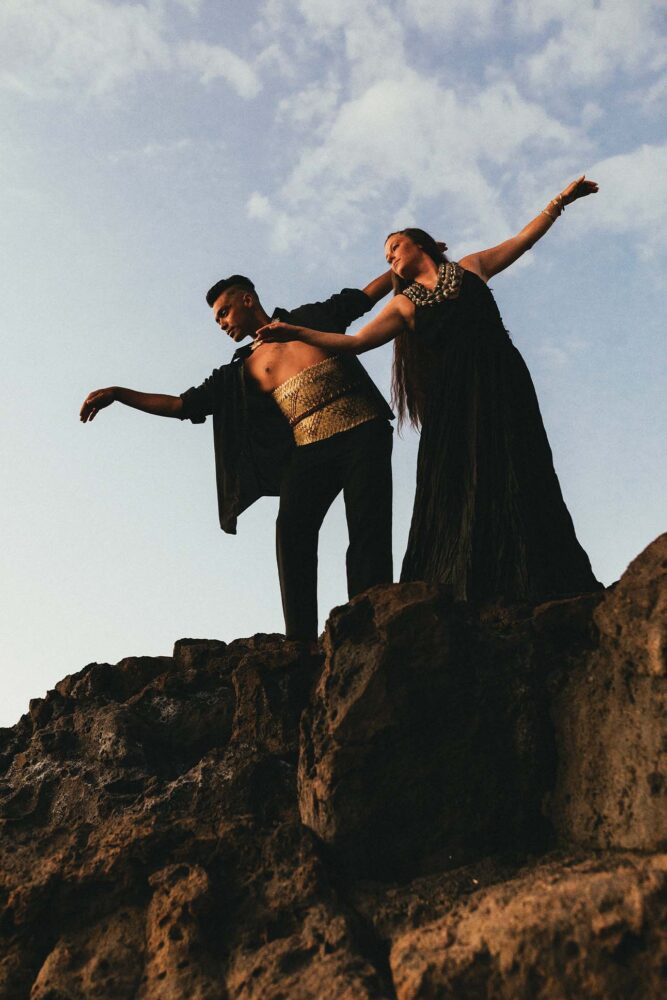

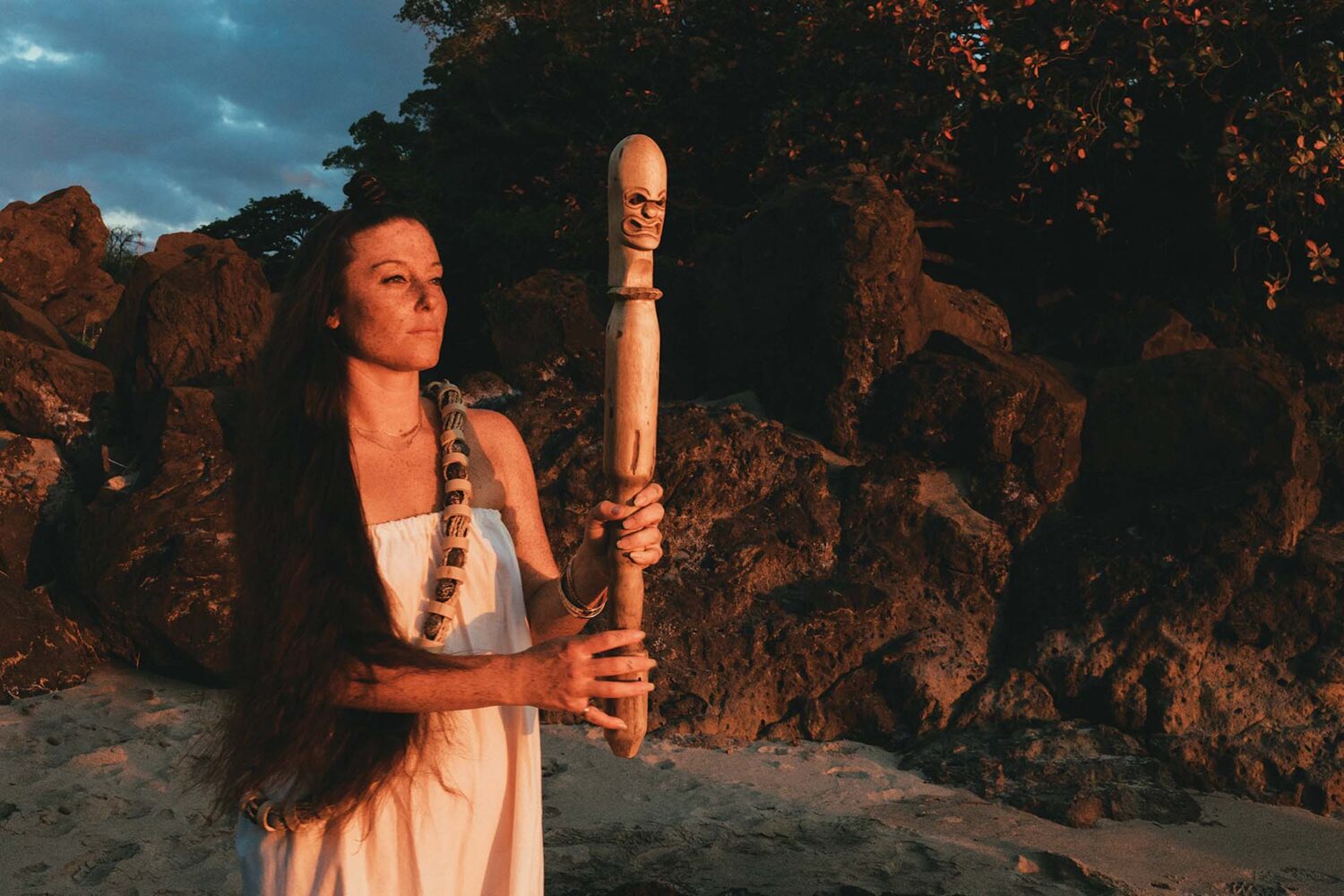

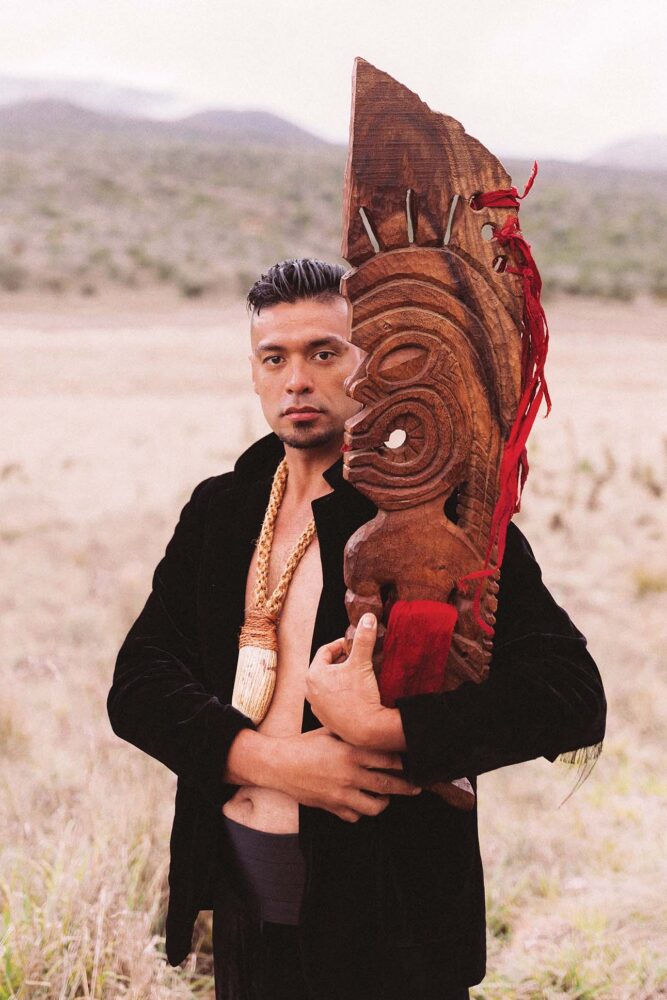

KC We’re currently in a collective exploration of Kū and Lono. Today, we talk so much about how to create a sovereign nation. In order to have a sovereign nation the individuals have to be free. Kū and Lono become a path toward that individual responsibility and individual sovereignty. It’s about inspiring the individual to be in the right relationship with themselves, to be in the right relationship with ʻāina, and to be in the right relationship with others.
KC When you really dig deep into researching Kū, there are so many facets beyond “God of War.” Kū, as in Kūkauakahi, who defended and protected the makaʻāinana, the common farmers, from overbearing aliʻi, or chiefs. Kū is the one who connects, the one who protects, the one who actualizes, the one who manifests, the one that follows through and gets it done. Kū is the energetics of the body that makes a reality out of the dream. It is time we reframe the fear of Kū with function and approachability.
LM This kiʻi (he points to a carving of Kū used in ceremony during the Maunakea protest) was risen, stood up, and took action. We saw what happened within our lāhui, our nation, when calling for Kū. The utterance “Kū Kiaʻi Mauna” activated our entire nation for the betterment of keeping the stones of a mountain in place.
KC People rose to Kū. People Kū-ed. We saw the effects of Kū energy. “Kū Kiaʻi Mauna”: That’s Kū energy.
On Ku Mai and Ha’ialono Workshops
KC What we’re doing [with the Ku Mai and Haʻialono courses] is getting to the root not only of practice, but also the root of language, of loving and living our culture. What has become most relevant in our lives today is a need for pause. To listen, reflect, so that you can release some of what’s not serving you. Then you’re able to move into Kū season with a fresh skin and sharp manifestation. My intention when we first started this was to touch the Kānaka who don’t feel a belonging to any school, hālau, movement, or even the lāhui. The way in which our teaching is unconventional is intentional, so that we include those who have felt so displaced and feel comfortable enough to engage.
There is a specific intention in the teaching. It is not for entertainment or for those curious about our culture. Participating in these courses is giving your consent to evolve these words and feelings. You’re here to digest, integrate, and have them move with and live through you. This is so that your place and your soil and the leaves on your trees are changed because your frequency has shifted based on your attunement to the season you’re in. Acknowledging and participating in the changing of season. The reestablishment of the Kānaka into the environment by resurrecting an active role in the shift of season. That comes by way of ceremony, consciousness, chant. It comes from how I walk and speak and listen to the environment.
LM We’re teaching this because we want to see some returned results. Not necessary for us, but we want to see something sparked from this.
KC The baseline of our curriculum I would say is inspired by our Kumu Kekuhi Kanakaʻole herself because it’s so fun and playful. And that’s why we have chant as the curriculum because it gets you out of your head. It gets you in your body. And we give the deepest, darkest Pelehonua ʻAikamumu chants, and then we bust out in laughter and it’s the highest feeling you ever had. I want every Kānaka to feel that. We’ve learned that from these audacious families. The Kanakaʻoles, the Pua Cases, the Lims. It is important to note that of these ‘ohana, none of them have been displaced from their ʻāina. That’s why I believe they can embody so powerfully. How do you make a sorceress? Don’t remove her from her forest.
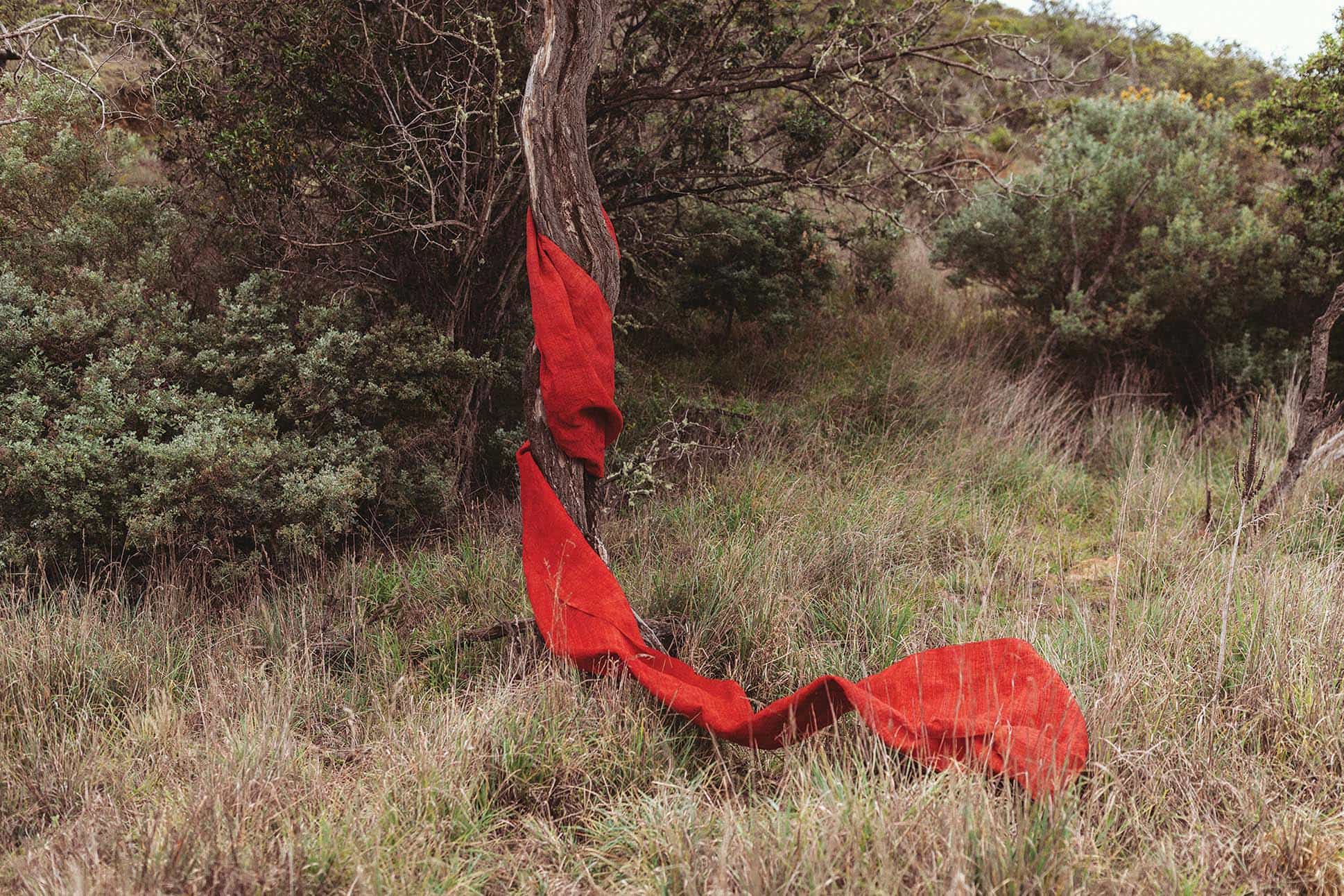

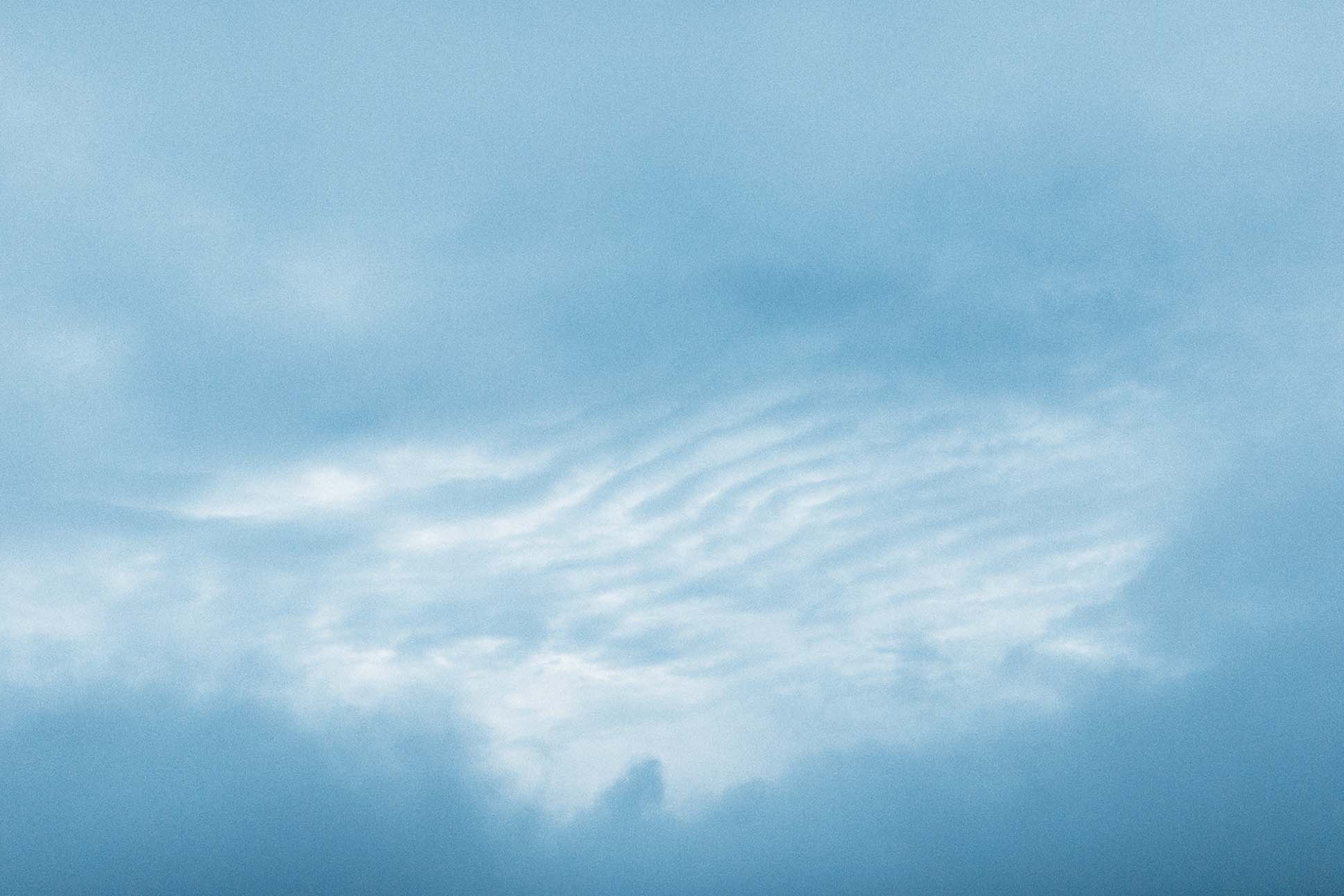

On Modern Hawaiian Ceremonial Practice
LM I define indigeneity as peoples who are so of a place, that after so many centuries, they have achieved mutual symbiosis with said environment. They have become such a unique key species to a place that we actually are essential to its existence.
It really is about standing in a natural part of this world again. We’re part of this world, of this rain, wind, animals and plants. Just being here, and not within the construct that we can only exist within the context of some colonial dogma, is the ecological balance of indigeneity. And yet, there’s so much of that feeling of “not being Hawaiian enough” or “I don’t know, so I shouldn’t participate” in our community.
KC We are not artifacts. Pick up your body and move. Listen, touch, and taste and feel. How do you re-indigenize a people to their place? Discernment is so important. There are aspects of colonization that we have dubbed Hawaiian. It is so dangerous.
LM The condemnation of leaning into the new comes from fear and the pain of loss. As a people we really did lose so much, and thus we desperately cling to what little specific texts still exist. However, these texts only give us tiny glimpses of what once was. We must hoʻalahou. We resurrect these things the best that we can. We have to keep it rolling. You don’t have to be an expert to take the first step.
KC Our kūpuna slowly over the generations have simplified what was so complex. We’re anchored in this knowledge, understanding, relationship, and every year our modern ceremonial practice is going to be a little different.
LM It better be! If not, what is this? I hope that we’ve grown. Back in 2014, ʻAha Pule ʻĀina Holo [a six-day-straight run around the circumference of Hawaiʻi Island ushering in Lono season] began as a prayer for the health of the land. When I first brought the medicine of ceremonial running here from the Pitt Rivers tribe, it was through this process that Kekuhi and Taupōuri Tangarō taught me to hoʻohawaiʻi, to make it Hawaiian. Since its inception, this ceremony has done amazing work in changing lives and igniting our people. That is the actual measurement of ritual and the only reason I’ve continued to conduct ceremonies like ʻAha Pule ʻĀina Holo or Wehe Kū.
KC Why would we not continue to evolve it in wider ways to touch and activate even more of our people so it doesn’t become static? That is what we are doing with Kū Mai and Haʻialono.


The two ceremonialists stand firm on the sacred ‘āina of Hawai‘i Island.
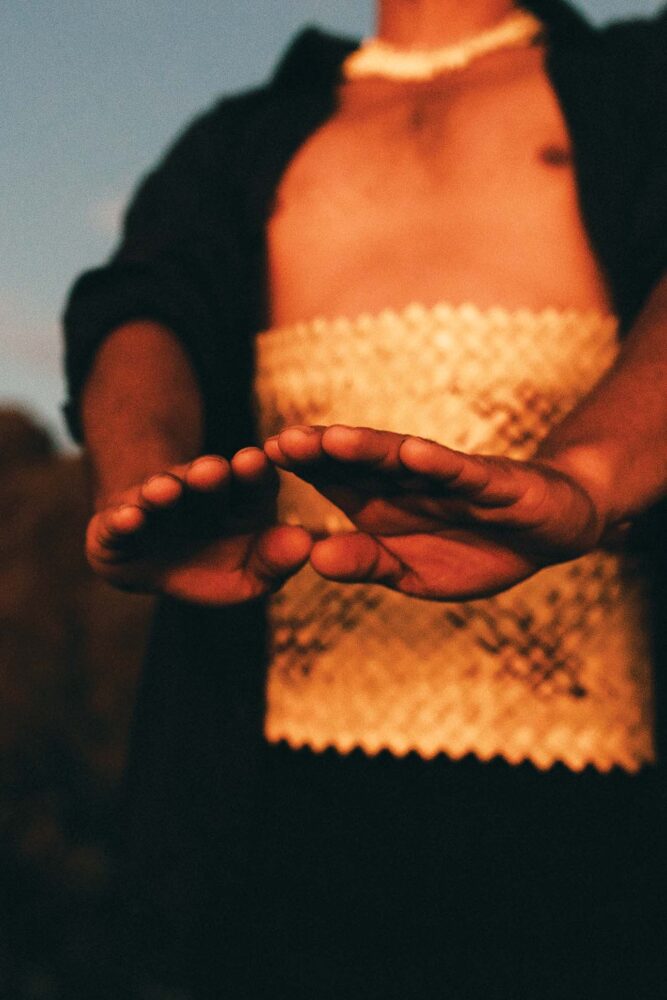

In Kaleinohea and Lanakila, we bear witness to a convergence of two ceremonialists from diverse backgrounds, illuminating the multifaceted nature of Hawaiian identity. They share ancestral knowledge that no scholarly article can fully embody and the complementary natures between these two luminaries generates something greater than the sum of their individual parts. Their voices resound like echoes of our forebears. Their dances breathe life into our cultural resilience and ignite the brilliance of our artistic spirit. Through every melodic note and rhythmic movement, they manifest a profound veneration for our Hawaiian heritage and the power of community.
We are not artifacts. Pick up your body and move. Listen, touch, and taste and feel. How do you re-indigenize a people to their place?
Kaleinohea Cleghorn
Enraptured by the Kū Haʻaheo performance the evening before, I beheld a remarkable sight: children as young as five years old, fervently chanting words that once resided solely within the domain of impassioned activists. The realization that this next generation possesses an intimate familiarity with these profound concepts, akin to the very breath that sustains them, stirred an indescribable surge of emotion. It served as a poignant reminder that activism transcends the boundaries of protest lines, permeating the very fabric of our community on multiple levels.
As the grand crescendo of their voices reverberated through the hallowed space, the entire school convened upon the stage, uniting their voices in a harmonious symphony of “Hawaiʻi Aloha.” Generations intertwined, as elders and youngsters alike rose from their seats to join the students in song. In that sacred moment, the division between performer and spectator dissolved, replaced by an overwhelming sense of unity. Kaleinohea swayed gracefully alongside her two children, while Lanakila harmonized with his devoted students. Past, present, and future converged, in a profound intergenerational symbiosis. Enveloped by the gentle caress of Waimea rain, we nurtured the seeds that would carry forth our ancestral wisdom for generations yet to come.

